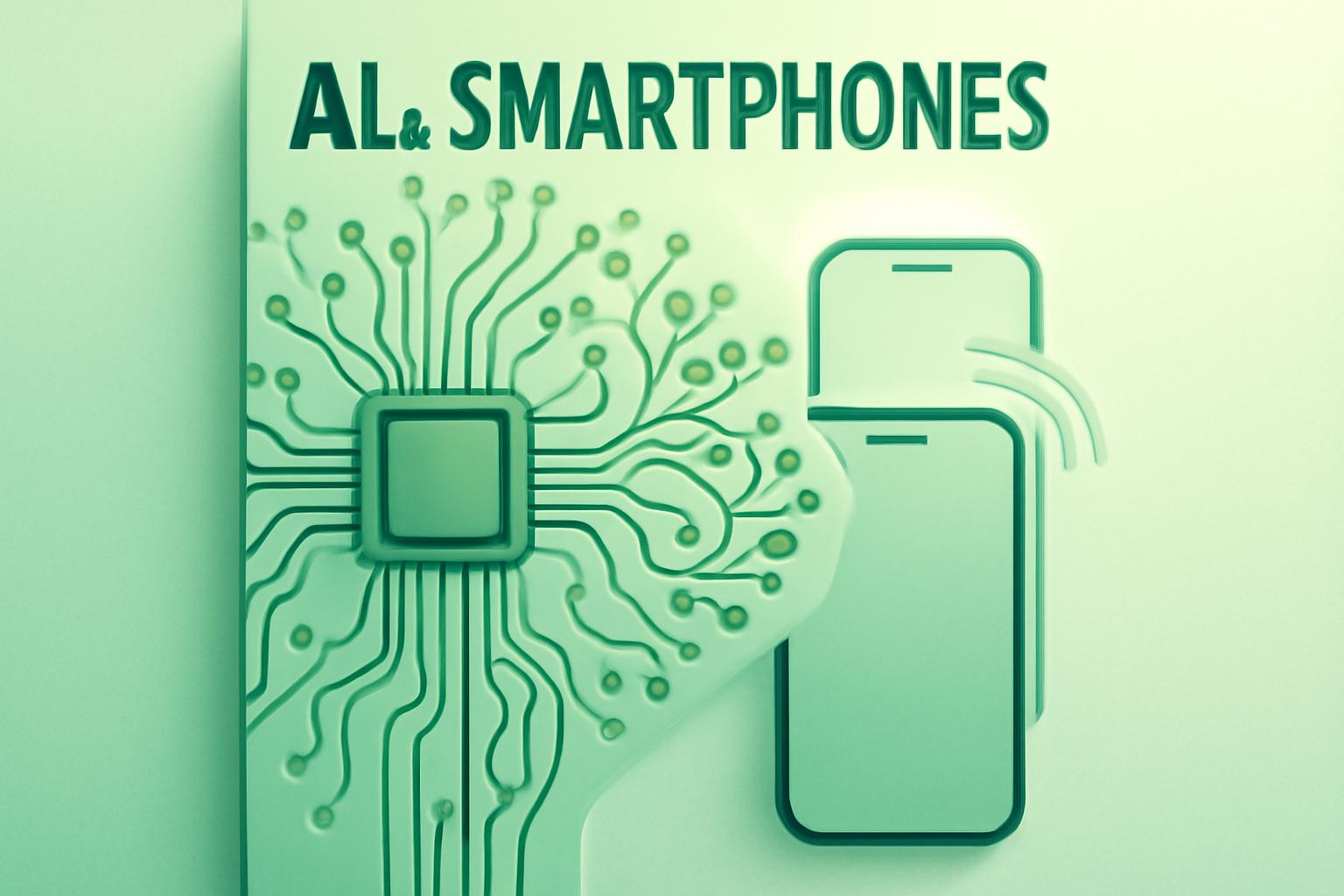Apple Advances Full Control Over iPhone Core Chips with AI-Enhanced Architecture
Apple’s newly launched iPhone Air, released this September, integrates a suite of custom-designed chips that mark a pivotal shift toward complete hardware control and an intensified focus on artificial intelligence (AI) workloads. Central to this innovation is the A19 Pro system on a chip (SoC), which introduces neural accelerators embedded within each GPU core to optimize AI processing directly on the device. Alongside the A19 Pro, Apple unveiled its first proprietary wireless chip, the N1, and a second-generation modem, the C1X. These developments collectively position Apple to fully control all core chips in its iPhone lineup, a strategic move analysts believe will enhance performance, efficiency, and integration.
A19 Pro: Prioritizing AI with Neural Accelerators in GPU Cores
The A19 Pro represents a significant architectural evolution, embedding neural accelerators directly into its six GPU cores. This design enables seamless switching between traditional 3D rendering and AI-specific computations within the same microprogram, dramatically increasing machine learning (ML) computing capabilities.
“We are building the best on-device AI capability that anyone else has,” said Tim Millet, Apple’s vice president of platform architecture. “This integration brings MacBook Pro-class performance to the iPhone.”
Apple’s approach emphasizes on-device AI processing to enhance responsiveness, power efficiency, and user privacy, reducing reliance on cloud-based AI models.
N1 Wireless Chip and C1X Modem: Reducing External Dependencies
The newly introduced N1 wireless chip is integrated across the entire iPhone 17 lineup and the iPhone Air, marking Apple’s first in-house wireless solution for iPhones. This chip enhances Wi-Fi functionality, enabling more power-efficient location awareness without relying heavily on GPS. The C1X modem, featured in the iPhone Air, follows Apple’s acquisition of Intel’s modem business and represents a strategic shift away from Qualcomm, which has been the exclusive modem supplier since 2020. While not yet surpassing Qualcomm’s throughput, the C1X offers up to twice the speed of its predecessor and consumes 30% less energy, promising improved battery life.
“Controlling the modem allows Apple to optimize power consumption and integration, leading to better battery life,” noted Ben Bajarin, CEO of Creative Strategies.
Despite these advancements, Qualcomm and Broadcom continue to hold licensing agreements with Apple, ensuring ongoing collaboration for some core technologies.
Addressing previous overheating concerns, Apple has incorporated a vapor chamber cooling system in the Pro models. This system is precisely aligned with the A19 Pro chip placement and integrated into the forged unibody aluminum chassis, improving heat dissipation and maintaining performance stability. Kaiann Drance, Apple’s vice president of worldwide iPhone product marketing, highlighted the synergy between the chip and thermal design as key to sustaining high performance without compromising device temperature.
Expanding Custom Silicon and U.S. Manufacturing Initiatives
Apple is extending its custom silicon strategy beyond iPhones, with expectations to introduce proprietary modems and networking chips in iPads and Macs in the coming years. This unified architecture approach signals a broader shift toward self-reliance in critical hardware components. In parallel, Apple is ramping up U.S.-based chip production, partnering with Taiwan Semiconductor Manufacturing Company (TSMC) at its Arizona fabrication plant. While leading-edge 3-nanometer chip production remains centered in Taiwan, Apple’s investment aligns with geopolitical trends and U.S. government incentives aimed at bolstering domestic semiconductor manufacturing. Tim Cook has committed to a $600 billion U.S. spending plan over four years, aiming to establish an end-to-end silicon supply chain within America, reinforcing supply chain resilience and innovation.
Conclusion
Apple’s introduction of the A19 Pro, N1 wireless chip, and C1X modem exemplifies a decisive move toward full control over iPhone core hardware, with a clear emphasis on on-device AI processing, power efficiency, and vertical integration. These advancements position Apple to enhance user experience, optimize battery life, and strengthen its competitive edge in the evolving smartphone landscape.
FinOracleAI — Market View
Apple’s strategic shift to proprietary core chips with AI-optimized architecture and wireless technologies reflects a broader industry trend emphasizing vertical integration and on-device machine learning capabilities. This approach enhances product differentiation by improving performance, efficiency, and privacy.
- Opportunities: Increased control over chip design enables Apple to tailor hardware for optimal AI workload handling and power management, potentially extending battery life and user experience.
- Risks: Transitioning away from established suppliers like Qualcomm and Broadcom may pose short-term performance and supply chain risks.
- Expansion of U.S. manufacturing aligns with geopolitical incentives but may face scalability challenges compared to established Taiwan facilities.
- Integration of neural accelerators within GPU cores could set new performance benchmarks, attracting developers to Apple’s ecosystem for AI applications.
Impact: Positive — Apple’s full-stack chip innovation and AI prioritization strengthen its competitive moat, improve user experience, and signal long-term growth potential in custom silicon and AI-driven mobile computing.













